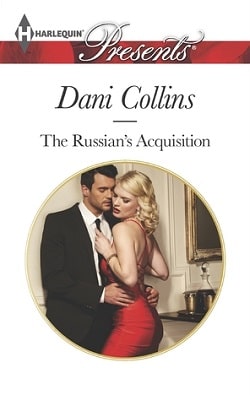2046 25 May 1943
“That skittish bastard gave us only a two-hour heads-up,” the driver of the black taxicab—a somewhat battered 1938 Mercedes-Benz 260D—said to the passenger as he made the turn onto the cobblestones of Kramgasse. “This is our only chance to grab him. Don’t screw it up, Eric.”
“I won’t if you won’t,” Eric Fulmar replied from the backseat. “Too bad Canidy isn’t here. This is right up his alley.”
Fulmar was twenty-four years old, blond and blue-eyed, and had a lithe build packing enormous energy and power.
With a slight squeal of brakes, the four-door sedan rolled to a stop one block shy of the medieval Zeitglocke clock tower.
The Zeitglocke—or “time bell,” featuring a three-thousand-pound bronze bell struck by a gilded human-sized Chronos, the Greek personification of time—rose almost a dozen stories above the busy Kramgasse. Since the thirteenth century, the baroque-style landmark built of stone had served as a prison, a guard tower, and, now, with its fifteenth-century astronomical clock and nearby shops and coffeehouses, a city attraction popular with those trying to forget a world war threatened their neutral country. That blackout rules were in effect, and the street mostly dark, did not exactly help in that regard.
As the Mercedes’s idling diesel engine rattled, Eric Fulmar pulled a Colt Model 1911A .45 ACP pistol from the right pocket of his dark gray woolen overcoat.
The driver—Geoff Sanderson, who was thirty years old, of average build and soft facial features—did not jump or otherwise immediately react when he heard the metallic sound of the semiautomatic’s slide pulled back on its spring and then released to slam forward. He was more than accustomed to the sound of a round being chambered. He had done the same with his own .45—which he had on the seat beside him, concealed under a hat—a half hour earlier at the OSS safe house just across the River Aare.
“You’re just now remembering to do that?” Sanderson said sharply.
“Better late than never,” Fulmar replied matter-of-factly as his thumb clicked down the lever that locked the hammer in its cocked position.
“If you’d thought of it sooner, you’d have had time to feed the magazine another round,” Sanderson said, and smugly added, “Like I did.”
Fulmar grunted as he slipped the pistol back in his overcoat pocket.
“Unlike you,” he said, “I tend to hit what I shoot at with my first shot—if I have to shoot.”
He then reached inside his left sleeve and pulled from the scabbard strapped under his forearm a Fairbairn-Sykes, a black doubled-edged dagger. He touched the tip of the slender five-and-a-half-inch-long blade to the back of the driver’s neck, added light pressure, and said, “Usually this is all I need.”
Their eyes met in the rearview mirror.
This time it was Sanderson who grunted.
He then grinned and said, “I thought I taught you never to bring a knife to a gunfight.”
Fulmar grinned back. He knew they both subscribed to what was taught in Canidy’s Throat Cutting and Bomb Throwing Academy at OSS Whitbey House Station: If you’re close enough to stab them, you’re damn sure close enough to shoot them.
“Besides,” Sanderson went on, “you know that orders are not to use either unless absolutely necessary—we want this bastard alive.”
Then Sanderson’s eyes suddenl
y darted to the windshield. It took some effort to make out details down the dark, crowded street, but he could see just enough. Then he glanced at his wristwatch, then back out the windshield.
“It’s five of nine,” Sanderson said. “Almost time. Can you see the tall guy, the silver-haired one with the gray homburg? He’s at two o’clock, in front of the café.”
Fulmar, carefully sliding his Fairbairn back into its sheath, looked down the block.
Kramgasse was wide and lined on both sides with ancient four-story stone buildings. As was common in Old City Bern, above the street-level shops and restaurants were three stories of apartments. He saw couples and clusters of small groups up and down the street and gathered around the Zeitglocke tower at the far end of Kramgasse.
And standing just outside a shadow of the Zeitglocke was the tall man with the homburg.
The hat was not resting on his head but instead cradled under his left arm. He slowly and meticulously ate an ice cream cone that was in his right hand.
“How the hell can I miss him?” Fulmar said. “Fritz, right? What is he, six-four and two-forty?”
“Yeah, something like that. And to repeat myself, when Fritz turns the hat so that its crown is against his coat it means—”
“I know, I know,” Fulmar put in, “it means that he’s ID’d our mark, the Sparrow, carrying two white Sprüngli candy bags.”
He glanced down at one such paper bag with thin rope handles that was beside him.















